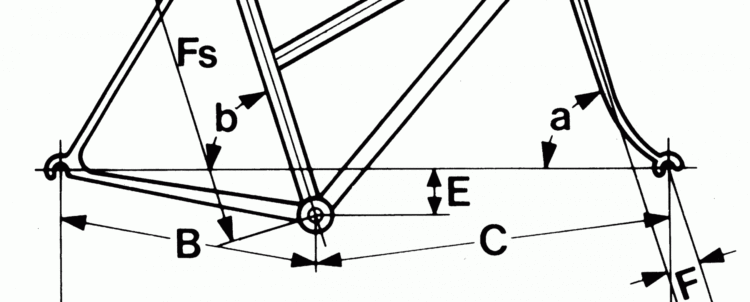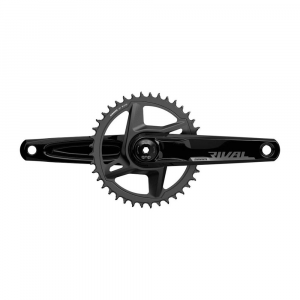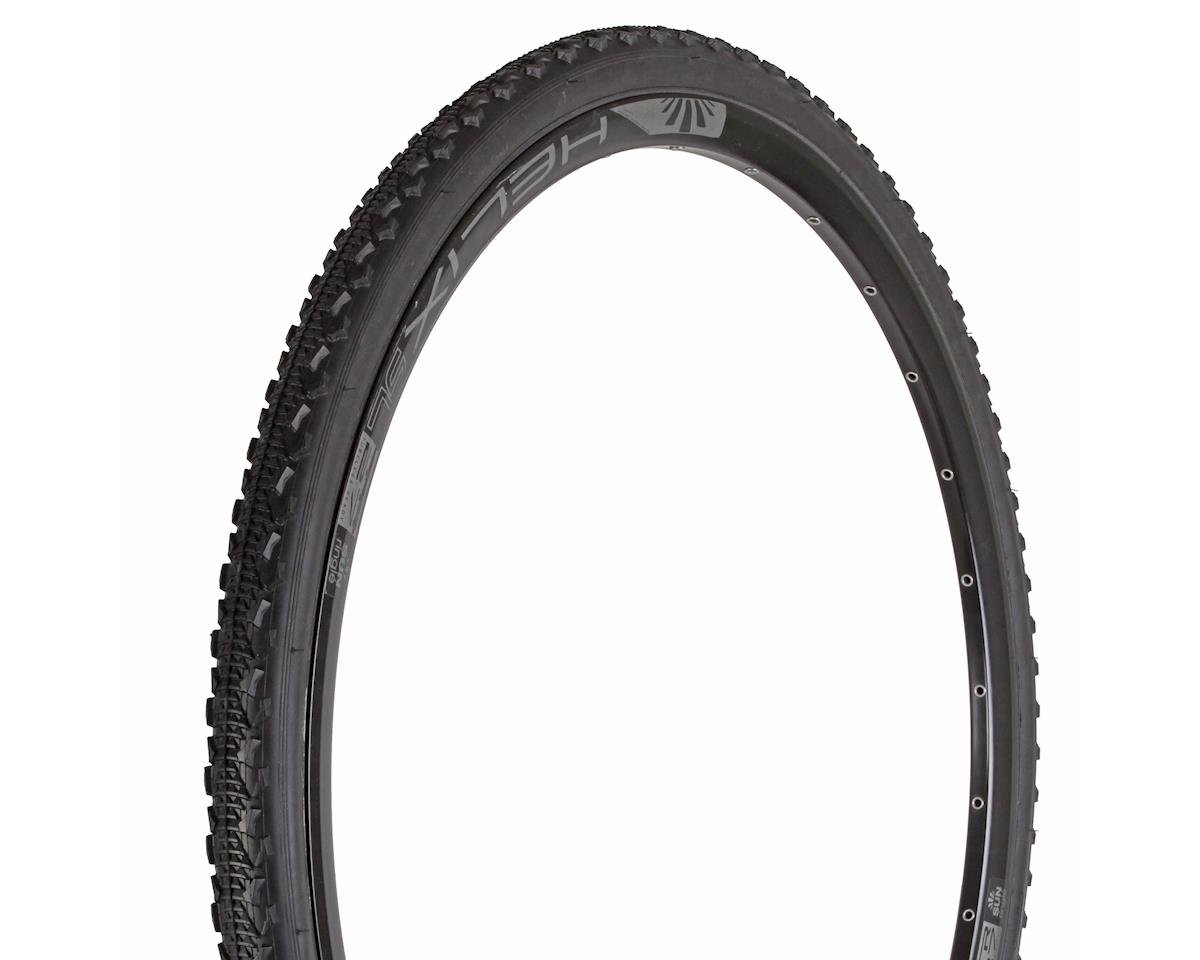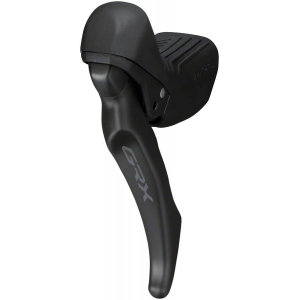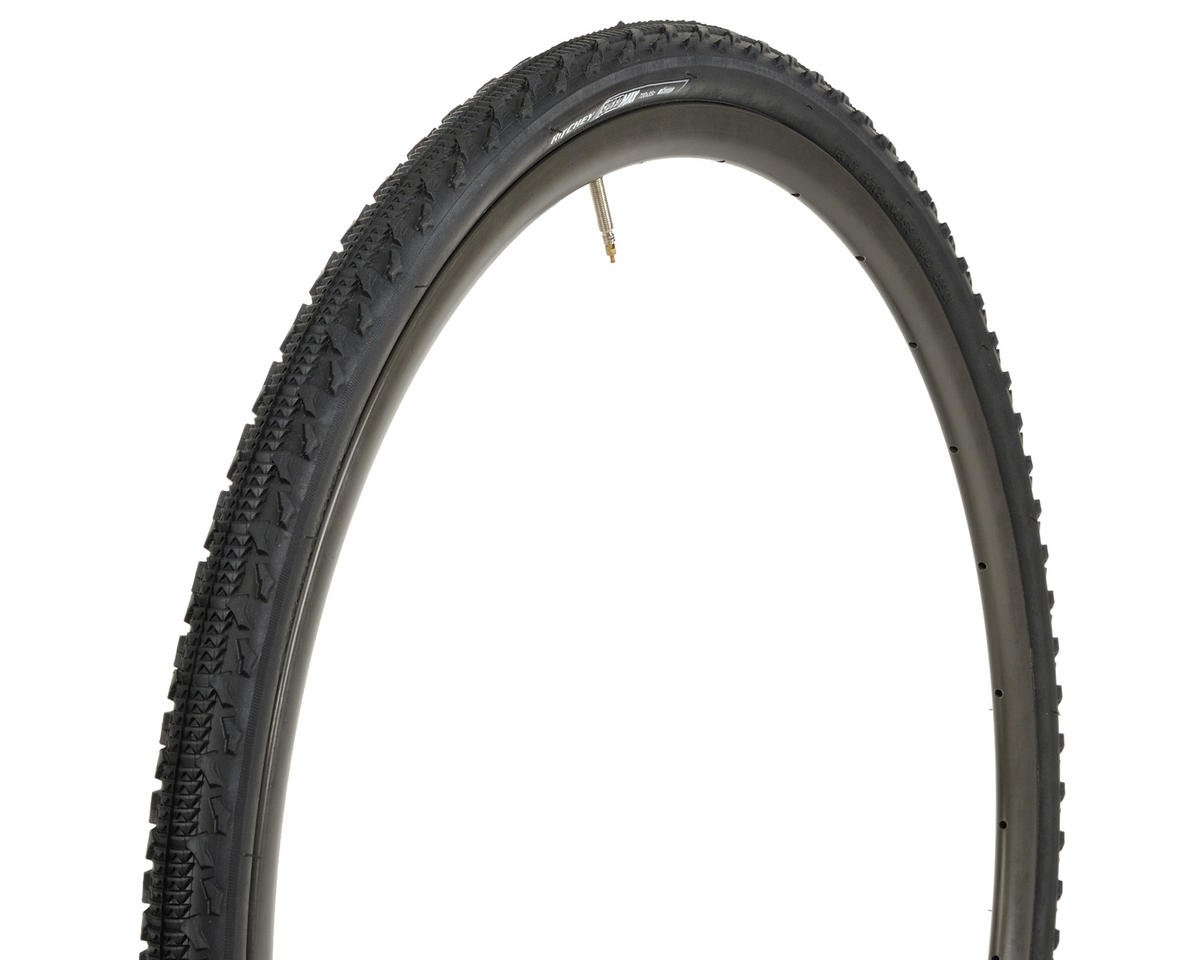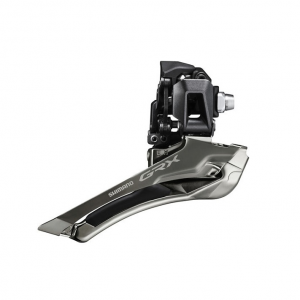Shopping for a cyclocross bike? It’s worth looking beyond the parts and listed size to determine whether the bike is a good fit and meets your needs. In this article, Brooke Hoyer takes a deeper look at cyclocross bike geometries, specifically bottom bracket heights and drops. (This was originally published in Issue 4. Have you subscribed to our print mag yet?)
by Brooke Hoyer
Of the many differences in frame geometry between a cyclocross and road bicycle, the one getting quite a bit of buzz in the ‘cross community is bottom bracket drop. This measurement is the distance between a horizontal line through the center of the wheel hubs and another horizontal line through the center of the bottom bracket. A road bike typically has a bottom bracket drop of approximately 70 -74mm. Contrast this with a typical drop of 55-65cm for popular production cross bikes.
Cyclocross bikes earned a higher bottom bracket back in the days when racers competed with clips and toe straps. Often the first few pedal strokes would be performed with clips toward the dirt so bike fabricators raised the bottom bracket so that the clips would clear the ground on the down stroke. A secondary consideration was pedal clearance in the corners. While a pedal strike in a cross race probably won’t be as catastrophic as it would be in a crit, it’s something best avoided if possible.
Even though cyclocross racers switched to clipless pedals back in the 80’s like everyone else, the bicycle geometry didn’t change. So the question is why should you care? A higher bottom bracket moves the seat higher for a given rider, a ‘cross bike with a BB drop of 57mm (like most Ridleys) might have the saddle almost a full centimeter higher than a road bike. That makes remounting a little tougher and raises the racer’s center of gravity. There is a growing consensus that a lower BB improves handling in that the bike will track better through tight turns. Since the BB drop is but a single aspect of a frame geometry, the argument of better tracking is a very contentious assertion.
Some riders like a higher bottom bracket for better pedal clearance over roots and rocks. While most ‘cross courses won’t have technical obstacles like these, there is a large contingent of cross riders who enjoy riding their bikes on the trails. More room under the pedals might be an attractive option. Then there are the Sven Nys wannabes who spend their extra hours perfecting the barrier bunny hop. The difference of a half centimeter can make the difference between a crowd-pleasing maneuver and an even more entertaining face plant.
Regardless, while many bike manufacturers have maintained a more traditional BB drop, custom builders and some bigger brands are increasingly going to a more road like bottom bracket drop. The list of builders who prefer a lower BB includes Mike Ahrens, Max Kullaway (333Fab) and Paul Sadoff of Rock Lobster. Sadoff is rather opinionated on the subject: “I like to put it just about the same as a road bike, between 70 and 73 millimeters. I get very few negative comments and many, many positive comments. People don’t have toe clips on their pedals anymore. They don’t need a 12-inch bottom bracket on a cyclocross bike. Anyone who says they do, I don’t know, they are just hurting themselves. They get a scarier riding, inferior mountain bike.”
Christine Vardaros wholeheartedly agrees with Sadoff:
I have tried everything, and can attest without hesitation or equivocation that bikes with lower brackets, like my Ahrens Whole Shot, are better ? the handling is better, the center of mass is lower, and the whole frame, being closer to the ground, is easier and faster to jump on and off of. I’d consider a slightly higher bottom bracket only if I exchanged my Speedplay Frogs for toe clips – which would never ever happen.
Companies like Bianchi, Stevens, Santa Cruz, Trek, Gary Fisher (the former Lemond Poprad) and Jamis are just a few larger brands that have embraced lower bottom brackets as well.
Not everyone is a fan of the lower BB though. There is a story about Jonathan Page and his bikes when he was sponsored by Cervelo. Before the Cervelos were available, Page got two Hot Tubes bikes with Cervelo paint. The BB was so low on the bikes that he kept banging the pedals on the ground in corners during test rides. He figured that Toby had used a road BB drop by mistake. When asked about that story, Page laughed and claimed ignorance about technical stuff. Ever the diplomat, he said that he really likes his Ridleys and whatever they are doing is perfect for him (Page now rides Blue Competition Cycles).












